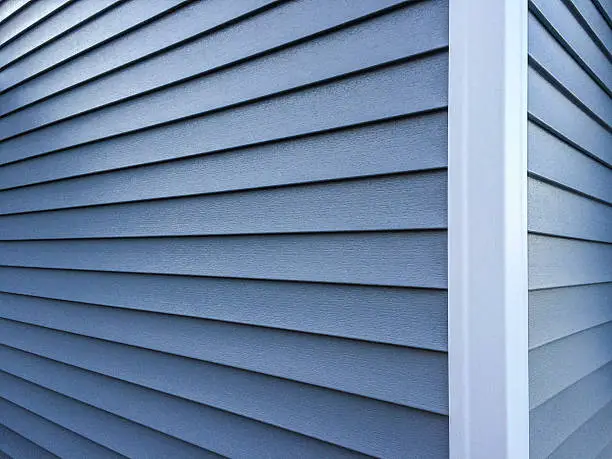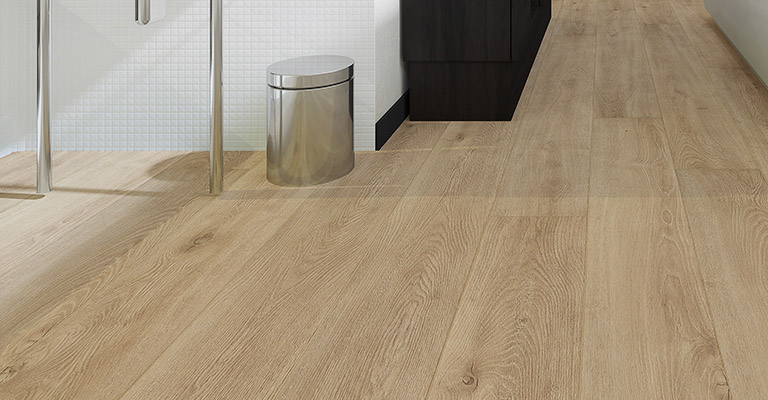Sanded vs Unsanded Grout for Your Tiling Projects

The world of home improvement is vast and filled with a myriad of choices, each more intricate than the last. One such choice is deciding between sanded and unsanded grout. For the uninitiated, this might seem like an insignificant detail, but ask any tile installer, and they’ll tell you it’s anything but.
This article aims to shed light on this often overlooked but essential topic: sanded vs unsanded grout. When you’re ready to grout your tiles, understanding the pros and cons of sanded and unsanded grout will help ensure you choose the best product for your project.
Understanding Grout: Sanded vs Unsanded
Thin Grout Lines on Vertical Surfaces
Grout is a construction material used to fill the gaps between tiles, providing a solid and uniform surface. The two primary types of grout are sanded and unsanded. The main difference lies in the texture and strength, with the former containing sand for additional strength and the latter being smoother and more delicate.
Sanded Grout: Strength and Durability
Sanded Tile Grout and Epoxy Grout
Sanded grout, as the name suggests, contains fine sand particles. This addition gives the grout extra strength, making it ideal for wider grout lines (typically over 1/8 inch). It’s the go-to choice for floors and other heavy-duty applications as it resists shrinkage and cracking under pressure.
The sand particles provide a rough texture, making sanded grout slightly harder to work into tight spaces. However, this roughness provides better slip resistance, a critical factor when considering floor applications.
On the downside, sanded grout can scratch delicate surfaces like glass or high-gloss tiles. Therefore, it’s best to use sanded grout with ceramic, porcelain, or other rough-textured tiles.
Unsanded Grout: Smooth and Precise
Epoxy-Based Unsanded Grout
Unsanded grout, lacking sand, has a smoother texture. It’s best suited for narrow grout lines (less than 1/8 inch) commonly seen in wall tiles, backsplashes, and intricate mosaic designs.
This type of grout is less resistant to shrinkage and isn’t as sturdy as its sanded counterpart. However, it’s the preferred choice for delicate surfaces as it won’t scratch the tile during application.
While unsanded grout provides a sleek, clean finish, it isn’t recommended for floors or other areas subjected to high traffic or heavy load, as it may crack over time.
Choosing Between Sanded and Unsanded Grout
Sanded and Unsanded for Delicate Tile Surfaces
Your choice between sanded and unsanded grout will largely depend on the tile’s material and the width of the grout lines. For example, if you’re installing porcelain tiles with wide grout lines on a high-traffic floor, sanded grout would be the best choice. Conversely, for a glass tile backsplash with narrow grout lines, unsanded grout would be the way to go.
Frequently Asked Questions
Epoxy-Based Grout
To further assist you in understanding the sanded vs unsanded grout conundrum, let’s address some frequently asked questions.
1. Can I use sanded grout in narrow grout lines?
Technically, you can use sanded grout for narrow grout lines. However, due to the sand particles, it might be challenging to completely fill the gaps, leaving room for potential moisture accumulation and mold growth.
2. Can I use unsanded grout on floor tiles?
While you can use unsanded grout for floor tiles, it’s not recommended. The lack of sand means less durability and strength, making it prone to cracking under the pressure of heavy traffic.
3. Can I switch between sanded and unsanded grout in the same project?
Ideally, it’s best to stick with one type of grout for a consistent look and feel. Switching between the two can result in a noticeable difference in texture and potentially impact the durability of your tile installation.
Final Thoughts
Only Unsanded Grout and Non-Sanded Grout
Understanding the pros and cons of sanded vs unsanded grout is critical to the success and longevity of your tiling project. Choosing the right grout ensures your tiles stay secure, look great, and last for years. Remember, sanded grout is best for rough-textured tiles and wider grout lines, offering strength and durability. In contrast, unsanded grout provides a sleek finish for delicate surfaces and narrow grout lines, though it may not stand up to high-traffic areas as well.
No matter your choice, always follow the manufacturer’s instructions for the best results. And when in doubt, don’t hesitate to consult a professional tile installer. A well-grouted tile surface is more than just aesthetically pleasing; it’s a testament to quality workmanship and thoughtful decision-making. So, whether you’re tiling a bathroom floor, installing a kitchen backsplash, or adding a tile feature to your living room, make sure to consider the sanded vs unsanded grout debate carefully.
In the end, your personal preference, combined with the specific requirements of your project, will guide your decision. By choosing the right type of grout, you’ll create a finished product that is not only visually appealing but also built to last.





